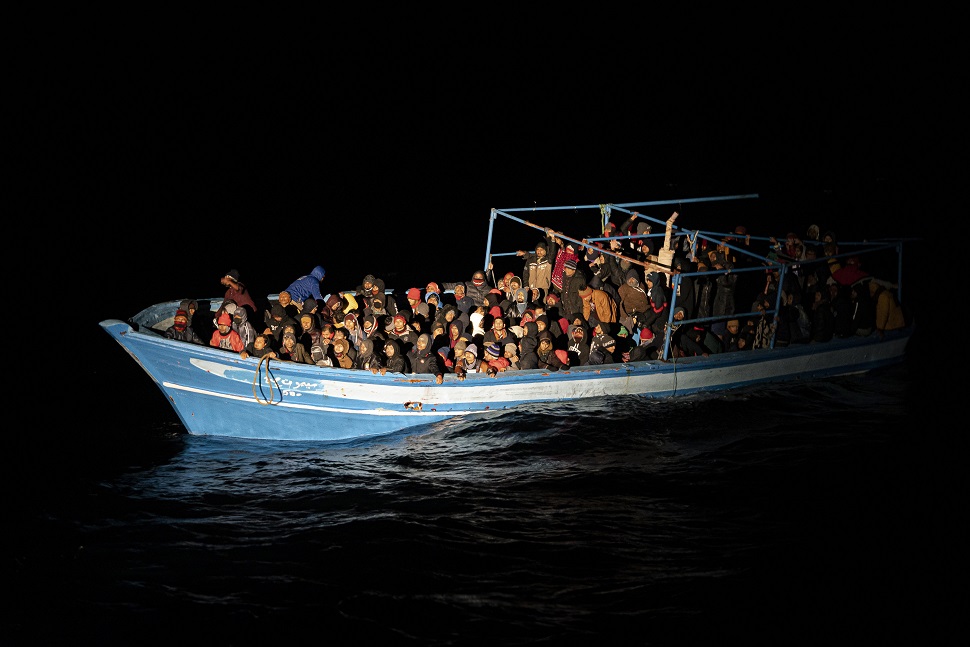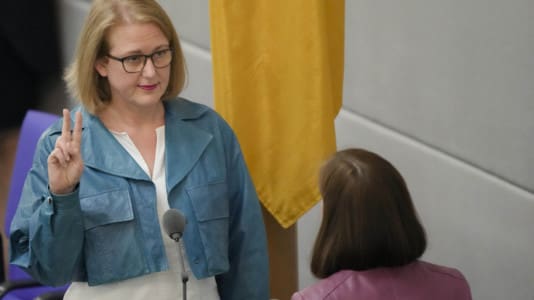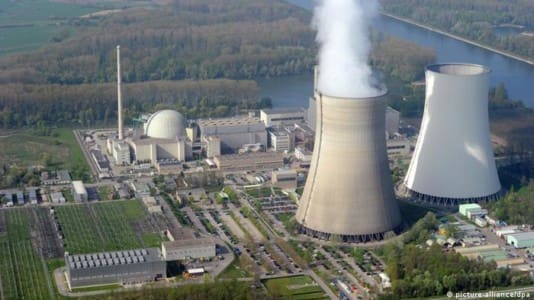On the island of Lampedusa, now submerged despite the efforts of Mario Draghi’s government to quickly evacuate new arrivees to Sicily or the mainland, a record was broken a few days ago with 32 boats arriving in one day. The previous record was 29 and dated from late 2020. Lampedusa, as well as Sicily and Calabria, is the target of migrants making the crossing, usually from Tunisia or Algeria, on small and medium-sized boats, without the help of NGOs and their big ships.
In Lampedusa, where the reception center is designed for 350 migrants, there were more than 1,700 at a time last week. On Thursday alone, 283 arrived while the Italian Navy evacuated 200 to Pozzallo, Sicily.
After spotting nearly 3,000 migrants at sea in just two days during the fourth weekend of July, the European agency Frontex called it one of the “busiest weekends since 2015” and said it had been “informed that all rescue coordination centers in the area and the passengers were rescued by patrol vessels and civilian ships.”
On the NGO front, the ship Geo Barents of the Franco-Swiss NGO Médecins Sans Frontières was still off the coast of Libya on Thursday with 596 candidates for illegal immigration to Europe already on board. Another 387 were on board the Ocean Viking belonging to the French NGO SOS Méditerranée, which is financed by French municipalities governed by the left, such as the city of Paris, although the French capital and its suburbs are already overwhelmed by the presence of hundreds of thousands of illegal immigrants. The ship Sea Watch 3 of the German NGO Sea-Watch was for its part waiting off the Italian coast to disembark its cargo of 438 illegal immigrants.
Between Jan. 1 and July 22, before the new wave of immigration that began a week ago, Italy had already witnessed the arrival of 34,013 illegal immigrants by sea, compared to 25,552 for the same period in 2021 and 10,903 a year earlier.
While the left-wing press immediately reverted to its Pavlov reflex by again accusing Vladimir Putin’s Russia of being behind the new migratory wave, the reality is that Interior Minister Luciana Lamorgese, in office since September 2019, has since her arrival in office practiced an open ports policy unlike her predecessor Matteo Salvini.
People in Africa and Asia are very well aware of that, and most of those immigrants do not come from war zones, since the top three nationalities between Jan. 1 and July 22 were Tunisians (6,209), Egyptians (5,991), and Bangladeshis (5,860).
Italy is also still paying the price for the decision taken by the second Conte government to legalize en masse the status of illegals in May 2020. That decision had been demanded by the Minister of Agriculture at the time, Teresa Bellanova (who is now minister of infrastructure and sustainable mobility), to compensate for the absence of workers from Eastern Europe because of the border closures during the Covid-19 pandemic.
The announcement of such measures always generates a formidable suction effect by raising the hope of future legalizations among those who, on other continents, dream of emigrating to Europe.
Lamorgese was already interior minister at the time and did not oppose this measure. She actually advocated for financial sanctions against the V4 countries for refusing to take in illegal immigrants themselves, and since she became interior minister, she has been campaigning for an open port policy and for the relocation of illegal immigrants to other EU countries.
Seeing the League, of which he is the leader, collapse in the polls while the more right-wing Fratelli d’Italia party, which had refused to join the grand coalition of the Draghi government in February 2021, kept rising, Matteo Salvini threatened last June to leave the grand coalition if it did not tighten its policy against illegal immigration. But this was not the first time Salvini had made such threats, and it was in fact the left-wing 5-Star Movement (M5S) party that finally broke up the coalition over disagreements, including concerning arms shipments to Ukraine, which the M5S now led by Giuseppe Conte disapproves of.
Elections have therefore been called for Sept 25, and the funny thing is that the Italian left is now accusing Salvini of having made a deal with the Russians to bring down the Draghi government, even though it was the M5S that brought it down, and not the League, which had not withdrawn its support despite Salvini’s threats on the migration issue.
Until the elections on Sept. 25, Mario Draghi’s outgoing government is going to deal only with day-to-day issues, so there will probably be no big change of policy on migration issues for the time being.
However, if opinion polls are to be believed, everything could change after Sept. 25. The “center-right” coalition, as it is called in Italy, is expected to win the election and allow the appointment of Giorgia Meloni, the leader of the conservative, national, anti-immigration party Fratelli d’Italia (Brothers of Italy), as prime minister.
The three major right-wing parties — Forza Italia (FI) of former Prime Minister Silvio Berlusconi, Matteo Salvini’s League, and Giorgia Meloni’s Fratelli d’Italia — have confirmed this week that it will be the party with the most votes that will be entitled to choose the prime minister if the right-wing coalition’s victory predicted by the polls is confirmed at the ballot box. They have also agreed that the largest number of single candidates should go to Fratelli d’Italia, ahead of the League, and then Forza Italia and the smaller allied parties.
The average of the latest polls gives Fratelli d’Italia 23.3 percent of support compared with 13.7 percent for the League and 7.8 percent for Forza Italia. With its small allied parties, the right-wing coalition would get 46.2 percent of the vote against only 30 percent for a left-wing coalition led by the Democratic Party (PD), which itself comes second in polls behind Fratelli d’Italia with 22.8 percent of popular support. The left-wing coalition will not include the 5-Star Movement (M5S), which plans to go it alone despite polling only at 10.1 percent; the same party had obtained 32.7 percent of the vote in the 2018 legislative elections.
A new right-wing government headed by Giorgia Meloni would change the situation not only with regard to illegal immigration via the central Mediterranean route, but also in Brussels, where Italy would be much closer to the positions of the V4, and in particular Poland and Hungary. It is worth noting in passing that Meloni and her party have been voicing their pro-Ukraine and Atlanticist positions since the beginning of Russia’s war in Ukraine in a clearer and more outspoken manner than any other major party on the Italian political scene, and certainly more so than Salvini’s League and Berlusconi’s Forza Italia.






